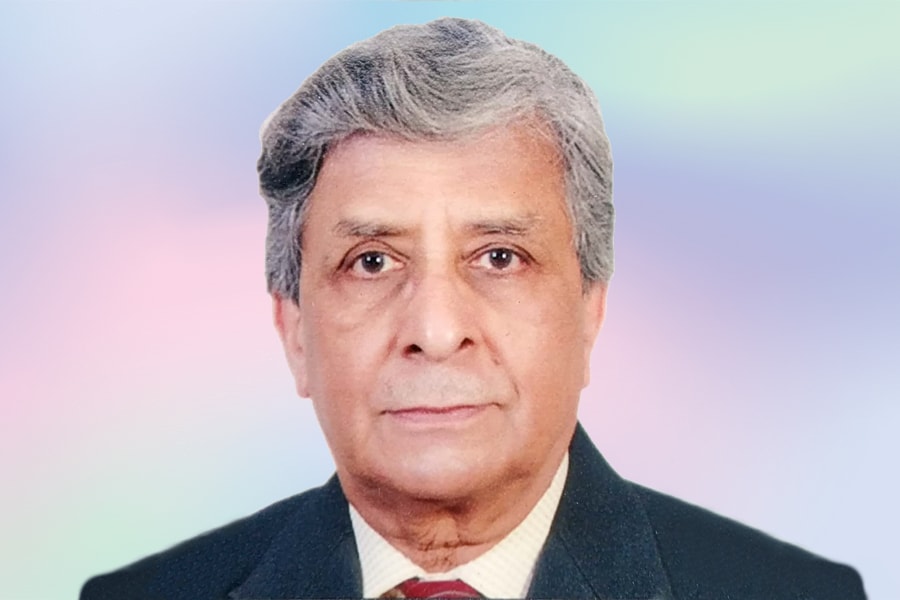![image1 900x600 image1 900x600]()
Bipolar disorder is a mental illness marked by extreme shifts in mood. People with bipolar disorder may have trouble managing everyday life tasks at school or work, or maintaining relationships. They can have periods in which they feel overly happy and energized and other periods of feeling very sad, hopeless, and sluggish. In between those periods, they usually feel normal. You can think of the highs and the lows as two "poles" of mood, which is why it"s called "bipolar" disorder. There are three main symptoms that can occur with bipolar disorder: Mania, Hypomania, and Depression.
- While experiencing Mania, a person with bipolar disorder may feel an emotional high. They can feel excited, impulsive, euphoric, and full of energy. During manic episodes, they may also engage in behavior such as: spending sprees, unprotected sex, drug use.
- Hypomania is generally associated with bipolar II disorder. It’s similar to mania, but it’s not as severe. Unlike mania, hypomania may not result in any trouble at work, school, or in social relationships. However, people with hypomania still notice changes in their mood.
- Whereas during an episode of depression, you may experience: deep sadness, hopelessness, loss of energy, lack of interest in activities they once enjoyed, periods of too little or too much sleep, suicidal thoughts.
Although it’s not a rare condition, bipolar disorder can be hard to diagnose because of its varied symptoms. There are three types of bipolar disorder. All three types involve clear changes in mood, energy, and activity levels.
- Bipolar I disorder: With this type, you have extreme erratic behavior, with manic “up” periods that last at least a week or are so severe that you need medical care. There are also usually extreme “down” periods that last at least 2 weeks.
- Bipolar II disorder: With this type, you also have erratic highs and lows, but it isn’t as extreme as bipolar I.
- Cyclothymic disorder: This type involves periods of manic and depressive behavior that last at least 2 years in adults or 1 year in children and teens. The symptoms aren’t as intense as bipolar disorder I or bipolar disorder II.
To diagnose bipolar disorder, a doctor may perform a physical examination, conduct an interview and order lab tests. To be diagnosed with bipolar disorder, a person must have experienced at least one episode of mania or hypomania, and to determine what type of bipolar disorder a person has, mental health care professionals assess the pattern of symptoms and how impaired the person is during their most severe episodes.
Bipolar disorder is treated and managed in several ways:
- Psychotherapy, such as cognitive behavioral therapy and family-focused therapy.
- Medications, such as mood stabilizers, antipsychotic medications and, to a lesser extent, antidepressants.
- Self-management strategies, like education and recognition of an episode’s early symptoms.
- Complementary health approaches, such as aerobic exercise meditation, faith and prayer can support, but not replace, treatment.
The pages slugged ‘Brand Connect’ are equivalent to advertisements and are not written and produced by Forbes India journalists.

